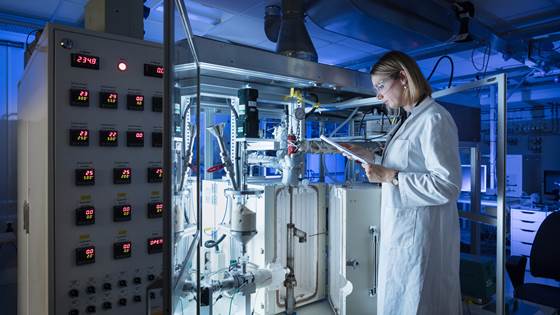
BRISK II - Biofuels Research Infrastructure for Sharing Knowledge II
The vision of BRISK II is to establish a centre of excellence in the field of 2nd and 3rd generation biofuels via the uniting of leading European research infrastructures.

The vision of BRISK II is to establish a centre of excellence in the field of 2nd and 3rd generation biofuels via the uniting of leading European research infrastructures.
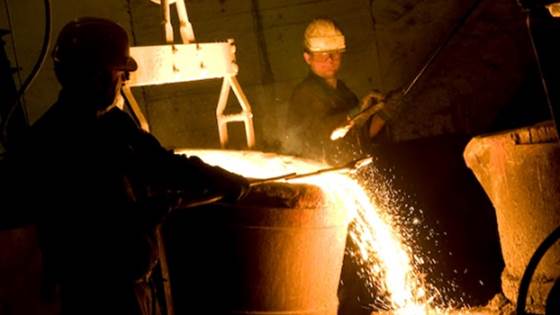
Norwegian cast iron foundries have identified a clear potential for improving their competitiveness by mastering use of alloyed (Cr) and galvanized (Zn) scrap, improving slag control for higher productivity and better product quality and reaching...
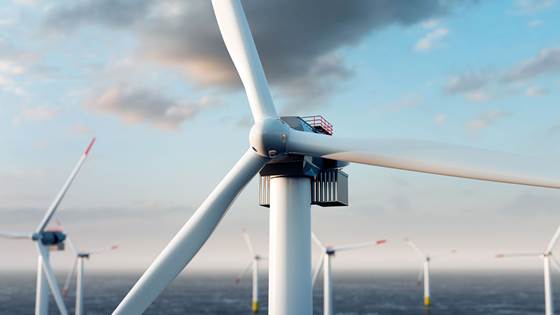
Erosion on wind turbine leading edges reduces turbine performance and is one of the most critical degradation mechanisms (in terms of maintenance cost) occurring on wind turbine farms. The projects aim is to develop better leading-edge coating...
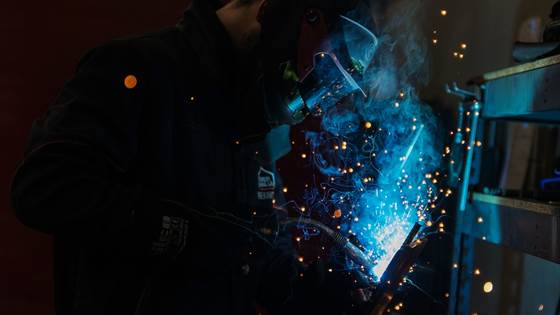
The Industrial Parks at Mo, Skogmo and Verdal, in cooperation with researchers at SINTEF and Nord University, have established a BIA network for research-based innovation projects, focusing on digitalization. The objective is to develop and...
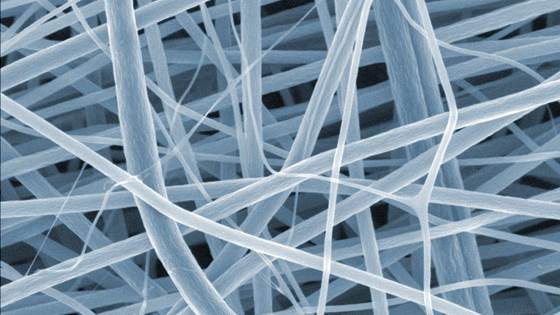
OXIPATH is a strategic effort initiated by SINTEF Industry with the aim to address key technological issues related to oxide materials applied in three fast growing technology areas: piezoelectric devices, batteries and thermoelectric devices.
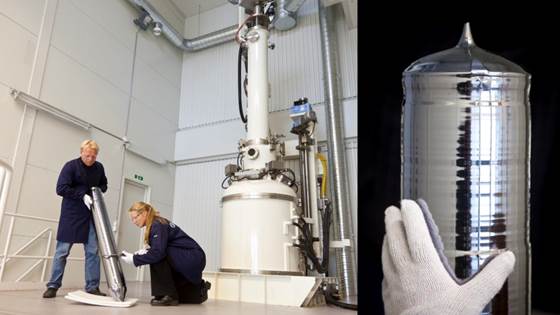
SUSOLTECH (Research Center for Sustainable Solar Cell Technology) is a Research Centre for Environment-friendly Energy Research. SUSOLTECH joins the leading Norwegian research groups in solar cell technologies with leading companies in the solar cell...
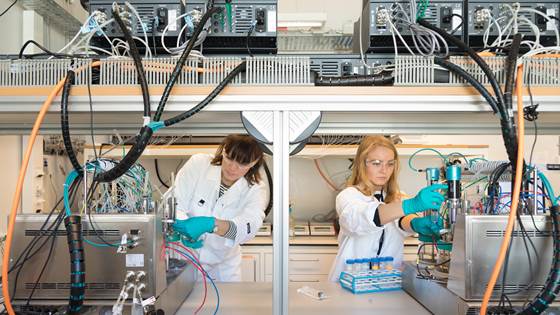
The systems biology approach in AurOmega will provide an enhanced understanding of what limits the DHA synthesis in thraustochytrids and how it can be improved. An iterative approach applying high integration of experimental disciplines, with...
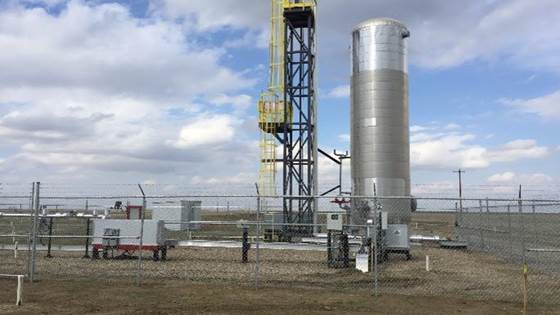
Accurate CO2 monitoring using Quantitative joint inversion for large-scale on-shore and off-shore storage applications.
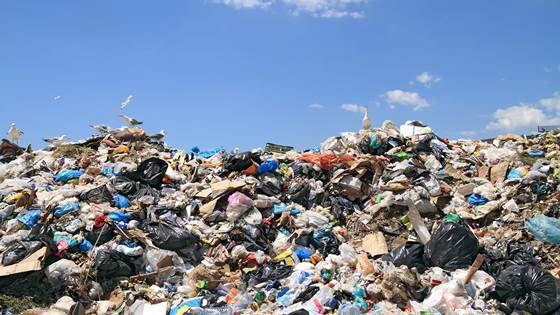
The main objective of DAFIA is to exploit municipal solid wastes (MSW) and marine rest raw materials (MRRM) as feedstocks for higher value products. Municipal solids wastes represents more than 500 kg/capita (EU-27 average) and 300 million tonnes...